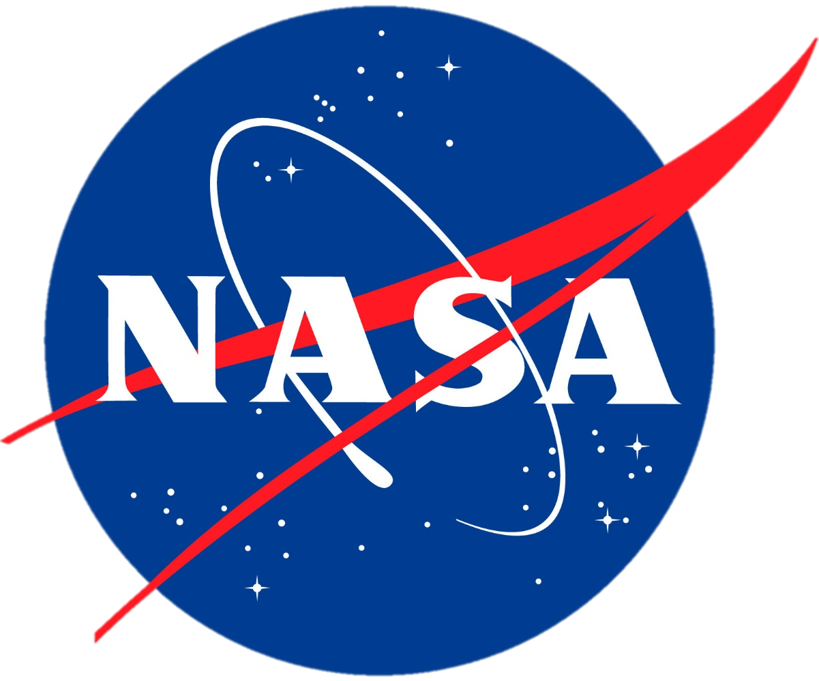Grail
• Launch date: 10 September 2011
• Orbital insertion: 31 December 2011
• End of mission: 17 December 2012
• Agency: NASA
The Gravity Recovery and Interior Laboratory, or GRAIL, mission was designed to create the most accurate gravitational map of the moon to date, which when combined with topographic data, can provide insight into the moon’s internal structure, composition and evolution.
Using the technique pioneered by NASA’s Grace mission orbiting Earth, GRAIL mapped the moon’s gravity by measuring the push and pull between twin spacecraft(Ebb & Flow) flying in tandem around the moon. The spacecraft collected data on the moon’s far side by communicating with one another when the signal to Earth is obscured. It was the first time such a technique has ever been attempted on another world.
On December 17, 2012, the twin spacecraft of NASA’s GRAIL mission completed their final rocket burns and impacted the moon at 2:28 p.m. PST (5:28 EST). The two probes hit a mountain near the lunar north pole, bringing their successful prime and extended science missions to an end. The two probes were sent purposely into the moon because they no longer have enough altitude or fuel to continue science operations.
NASA has named the site where the twin agency spacecraft impacted the moon in honor of the late astronaut Sally K. Ride, who was America’s first woman in space and a member of the probes’ mission team.






